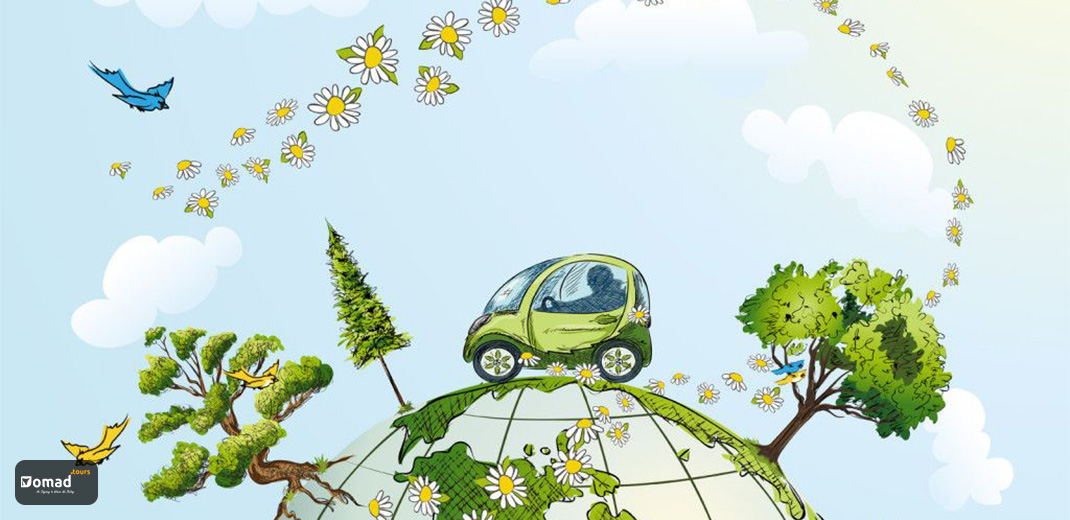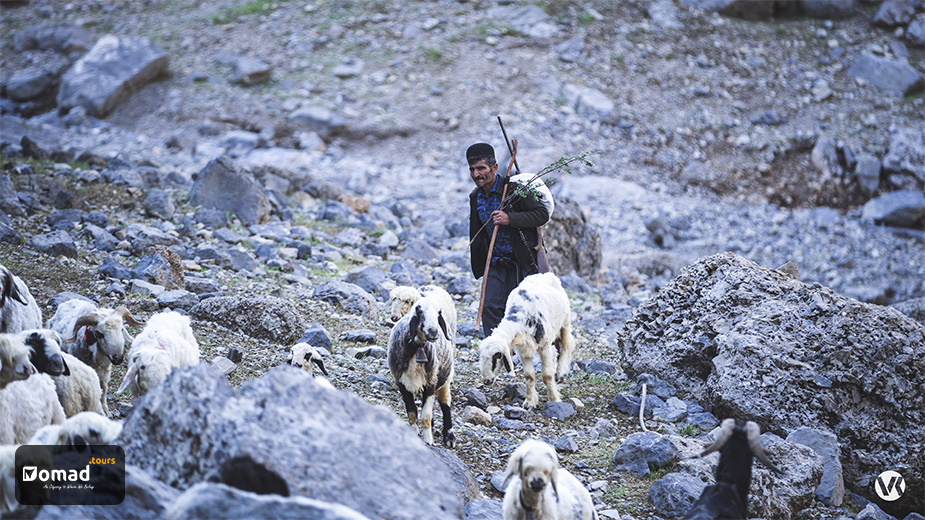
Since tourism is one of the world’s fastest-growing industries and a great source of income for many countries and people, it can cause its shares of problem. Cultural heritage loss, ecological degradation, and economic dependence are some to mention. The good news is that Sustainable Tourism offers new ways of travelling.
Being a responsible traveller and trying to have a minimum negative effect on the environment has become a notable concern for a lot of travellers. Therefore, they try to have the most positive effect on the environment, society, and economy. In this article, first, we will discuss the definition of sustainable tourism and commitments. Then, we will talk about 12 goals of sustainable tourism released by World Tourism Organization and the United Nations Environment Programme. In the end, we will be discussing how preserving nomads life is a must in the tourism field.
What is Sustainable Tourism
Tourists are certainly becoming more aware of the footprint they are leaving behind. Most importantly, there is an increase in global awareness of their impact on the environment and local culture. This is how the World Tourism Organization defines Sustainable Tourism:
Tourism that takes full account of its current and future economic, social and environmental impacts, addressing the needs of visitors, the industry, the environment, and host communities.
World Tourism Organization
It is also defined as “tourism that respects both local people and traveller, cultural heritage and the environment”.
In sustainable tourism people are committed to:
- Optimal usage of environmental resources.
- Respect, not interfere in authentic socio-cultural environment of the local community. Investigate through their cultural heritage and traditional values; and help them to conserve biodiversity.
- Provide complementary income for locals.
This trend results in increasing global awareness. So that people will have a minor impact on the earth and travel more sustainably.
12 Goals of Sustainable Tourism
World Tourism Organization and the United Nations Environment Programme (UNEP) have released a Tourism Policy. That is to say, they mention 12 goals of sustainable tourism. All the goals are equally important[1].
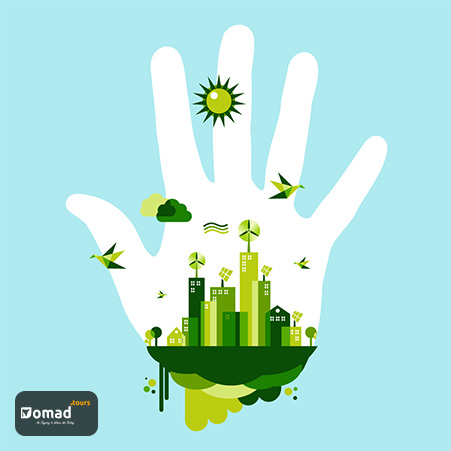
1. Economic Viability: The destinations must be economically competitiveness among touristic sites. Accordingly, they can keep up having benefits in the long term.
2. Local Prosperity: It must maximize the contribution of tourism economically for the host destination. It includes the proportion of visitor spending that is retained by locals.
3. Employment Quality: It must strengthen the number and quality of local jobs created and supported by tourism. It includes the level of pay, conditions of service and also availability to all without discrimination by gender, race, disability or in other ways.
4. Social Equity: Local Community get a fair distribution of economic and social benefits from tourism. It includes improving opportunities, income and services available to the poor.
5. Visitor Fulfillment: It should provide a safe, satisfying and fulfilling experience for visitors. Above all, it must be available to all without discrimination by gender, race, disability or in other ways.
6. Local Control: It is better to engage and empower local communities in planning and decision making. So they will manage and develop tourism in their area, in consultation with other stakeholders.
7. Community Wellbeing: To maintain and strengthen the quality of life in local communities. It includes social structures and access to resources, amenities and life support systems. Consequently, it results in avoiding any form of social degradation or exploitation.
8. Cultural Richness: To respect and develop the historic heritage, authentic culture, traditions and distinctiveness of host communities.
9. Physical Integrity: To maintain and enhance the quality of landscapes, both urban and rural. They must also avoid the physical and visual degradation of the environment.
10. Biological Diversity: To support the conservation of natural areas, habitats and wildlife, and as a result, minimize damage to them.
11. Resource Efficiency: It must lead to minimum use of scarce and non-renewable resources in the development and operation of tourism facilities and services.
12. Environmental Purity: It should minimize the pollution of air, water and land.
Relationship between Pillars of Sustainability
As shown in the figure below [2]:
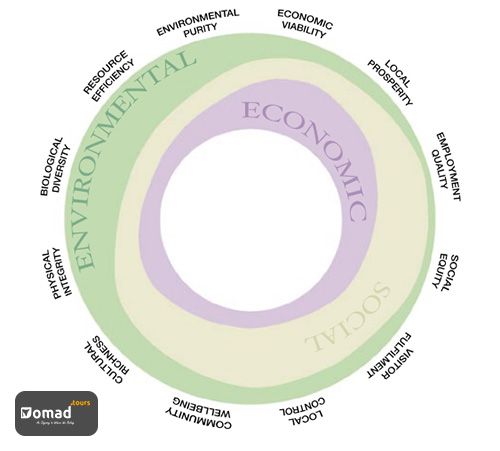
- The economic viability of tourism depends strongly on maintaining the quality of the local environment.
- Visitor fulfilment is about meeting visitors’ needs and providing opportunities (a social aim). It is also very important for economic sustainability.
- Cultural richness is often considered to be in the social sphere of sustainability. Though it has a strong bearing on environmental aspects in terms of the built environment and cultural dimensions of society’s interaction with nature.
- Community wellbeing is mainly a social aim. It is strongly related to environmental resource management, like access to freshwater.
- Employment quality and social equity issues, such as poverty alleviation, relate closely to both economic and social sustainability issues.
Nomad Tours; A Must to Practice Sustainable Tourism

Unfortunately, nomads are about to extinct these days. Their difficult lifestyle, lack of facilities, having no or a few schools around, being financially stressed, and lack of medical equipment lead to emotional and physical stress for nomads. Despite all these points, they love their lifestyle. Due to all the difficulties, they choose to leave their tents and go to cities.
Sadly, nomads are not aware of the impact of their remarkable lifestyle on the environment. As Allan Savory in his TED Talk puts it: “The ONLY option to fight desertification and reverse climate change is to use livestock bunched and moving as a proxy for former herds and predators and mimic nature. There is no other alternative for humankind.”
In the article Preservation of Nomadic Lifestyle: An Environmental Must, you can read more about it.
Above all, nomadic culture holds a library of social, cultural and natural knowledge. We didn’t want to miss out on this cultural heritage and also were concerned about environmental issues. So we called for the aid of rural communities to join us for this goal. In short, the goal is to preserve the nomadic treasure by bringing tourists to experience their unique life. Moreover, it is a mutual benefit.
Here are the sustainable benefits for the nomads:
2. Local Prosperity: The tours bring economical benefits and job opportunities for the local community.
4. Social Equity: It provides an atmosphere in which locals can actualise their hidden talents and become more self-sufficient.
6. Local Control: After a while, developing locals abilities lead to having locals sufficient enough to hold tours by themselves.
7. Community Wellbeing: Complementary income and developing strategies result in having more amenities and resources for nomads.
10. Biological Diversity: Nomads will be aware of the consequence of hunting some animals. So they will be more considerate of the environment they are living in.
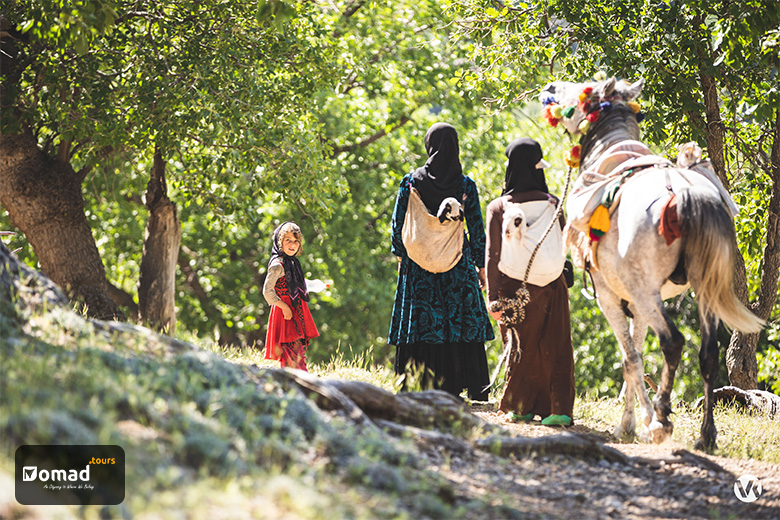
These tours will bring out the 5th goal which is Visitor Fulfillment for tourists as well. In other words, they will have an authentic experience in which they will be living an untouched lifestyle which is not easy to find.
Tourists and Iran Nomad Tours will fulfil the below goals of sustainable tourism:
2. Local Prosperity: Iran Nomad Tours is focusing on enhancing the local community’s ability. Accordingly, they dedicate more tourism income to local community.
3. Employment Quality: The more tourists visit nomads, the better and more jobs nomads will have.
4. Social Equity: Visiting more and more tourists day by day results in providing a better atmosphere with more facilities for nomads. So the gap between them and standards of normal life become less.
6. Local Control: As time passes, locals will be more sufficient and can have a bigger part in the tourism field.
7. Community Wellbeing: As income increases, the amenities and resources will be increased in the Nomads community as well.
8. Cultural Richness: Since tourists who attend these type of tours and Iran Nomad Tours are so concerned about preserving cultural diversity, they will be respecting the differences in cultures and try not to change it.
9. Physical Integrity: All the tourists and Iran Nomad Tours will care about the environment and try to leave nothing but their footprint.
10. Biological Diversity: Both tourists and Iran Nomad Tours try to conserve the wildlife of those areas and make the nomads aware of the importance of it.
11 & 12. Resource Efficiency & Environmental Purity: Since Nomads have a pure life using no non-renewable energy, preserving them is a great help for resource efficiency.
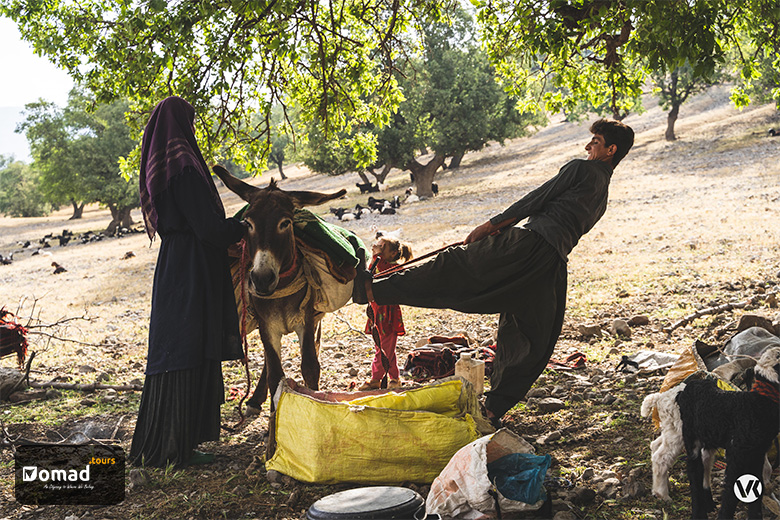
What do you suggest for sustainable tourism? How do you see Nomad Tours as a solution for helping sustainable tourism? For instance, what do you do in your country to improve environmental standards? We at Iran Nomad Tours would be happy to hear your ideas. Feel free to comment your ideas or questions in below.
[1] Making Tourism More Sustainable – A Guide for Policy Makers, p. 18.
[2] Making Tourism More Sustainable – A Guide for Policy Makers, p. 20.

